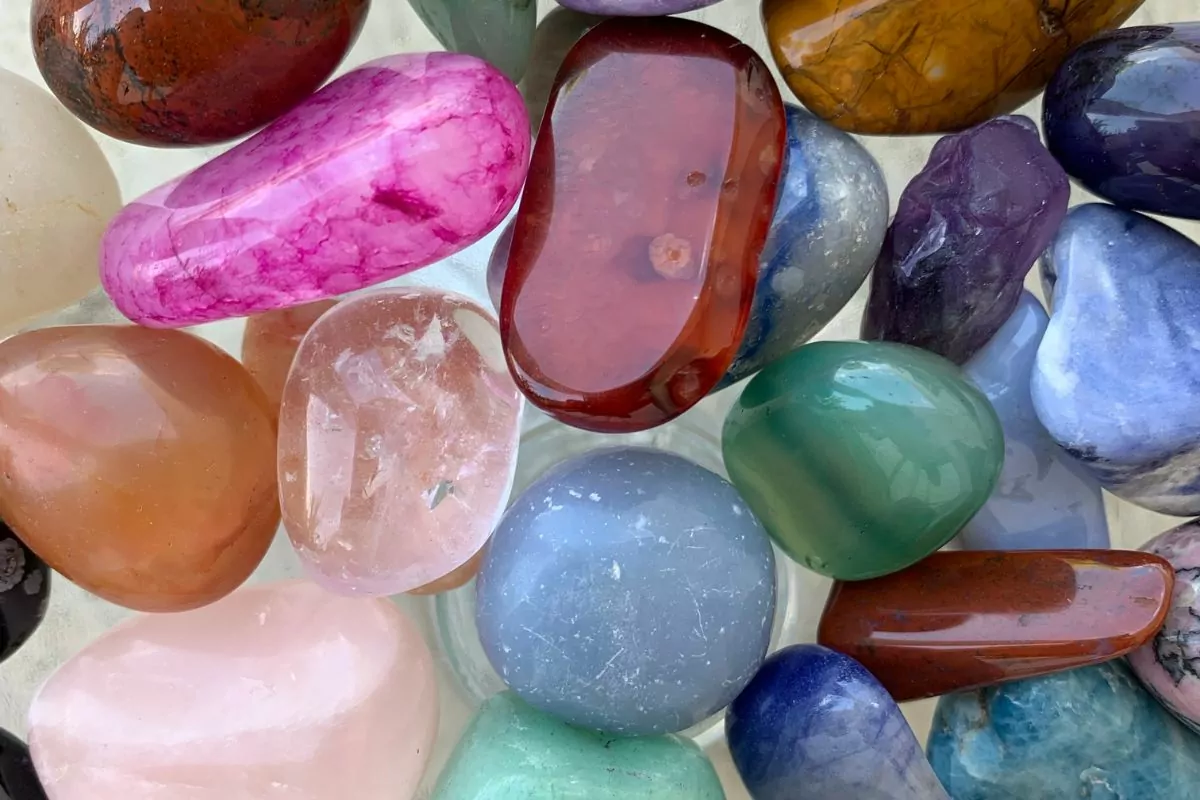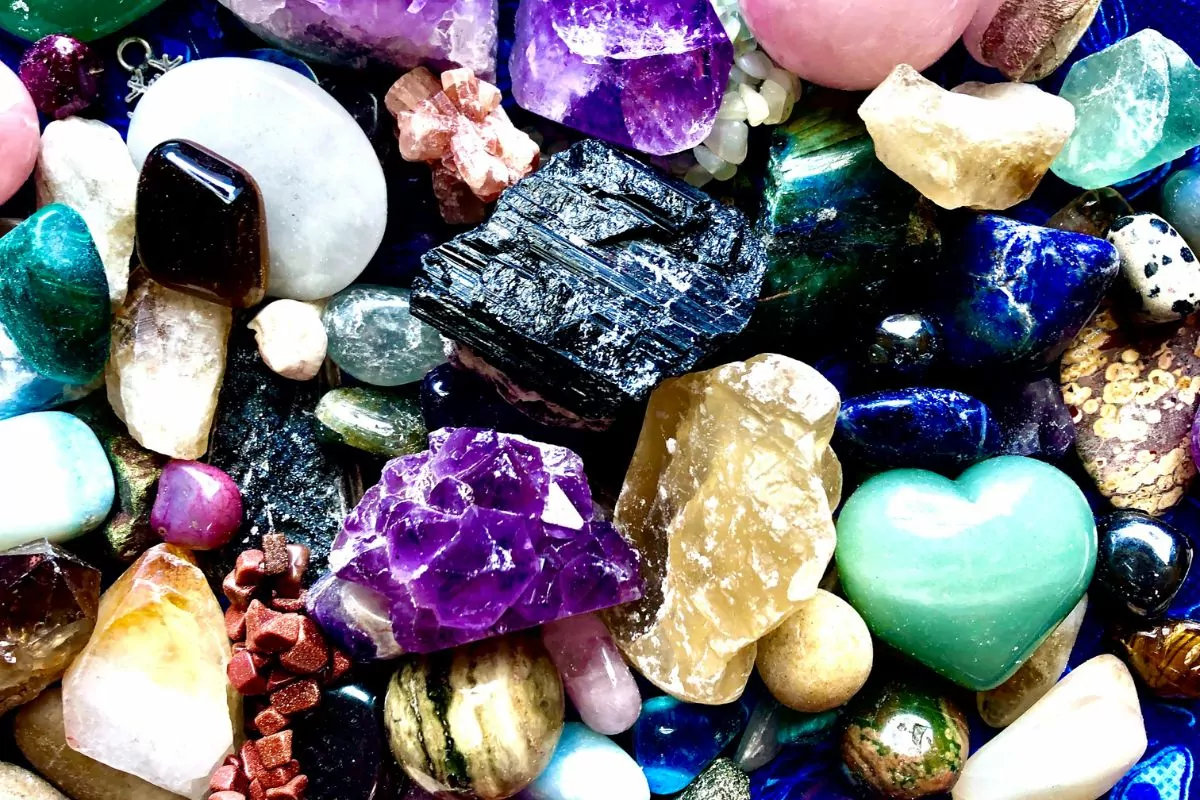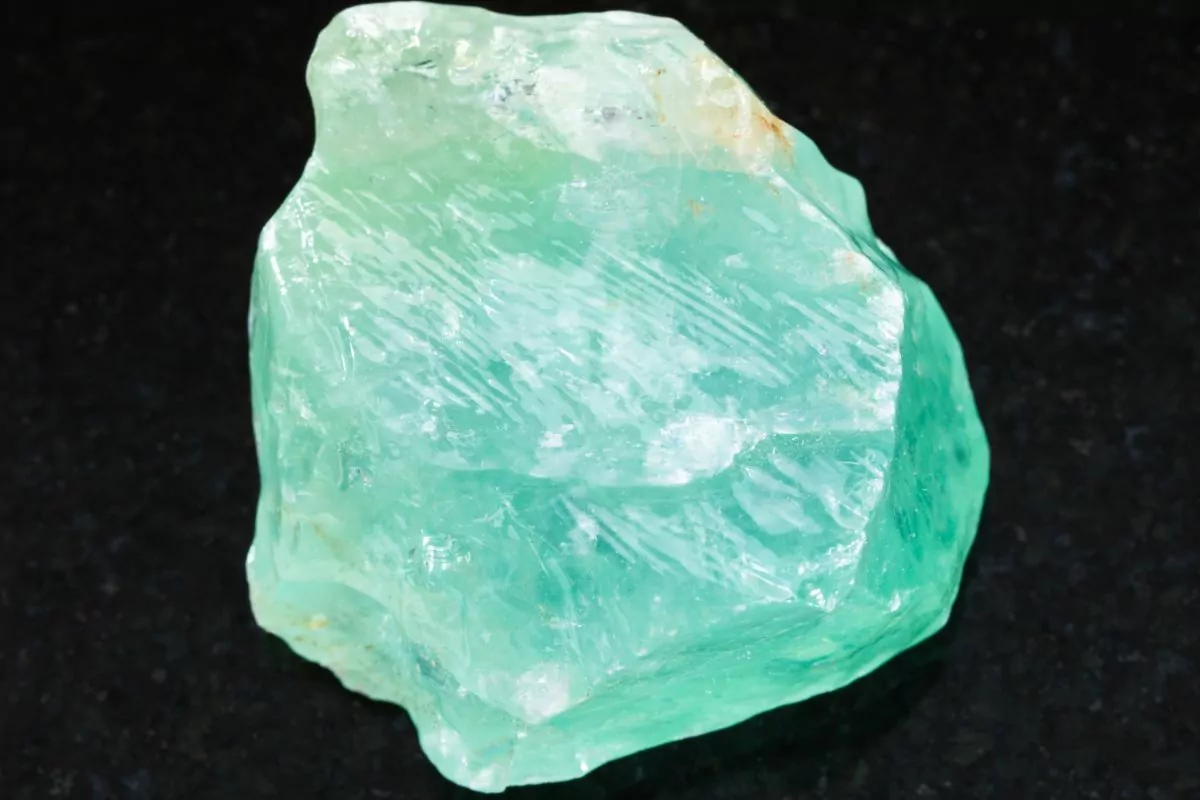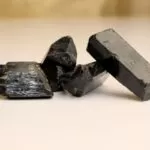Obsidian is a naturally occurring volcanic glass that forms when lava cools very rapidly.
But is this stone magnetic?
In short, no – obsidian isn’t magnetic.
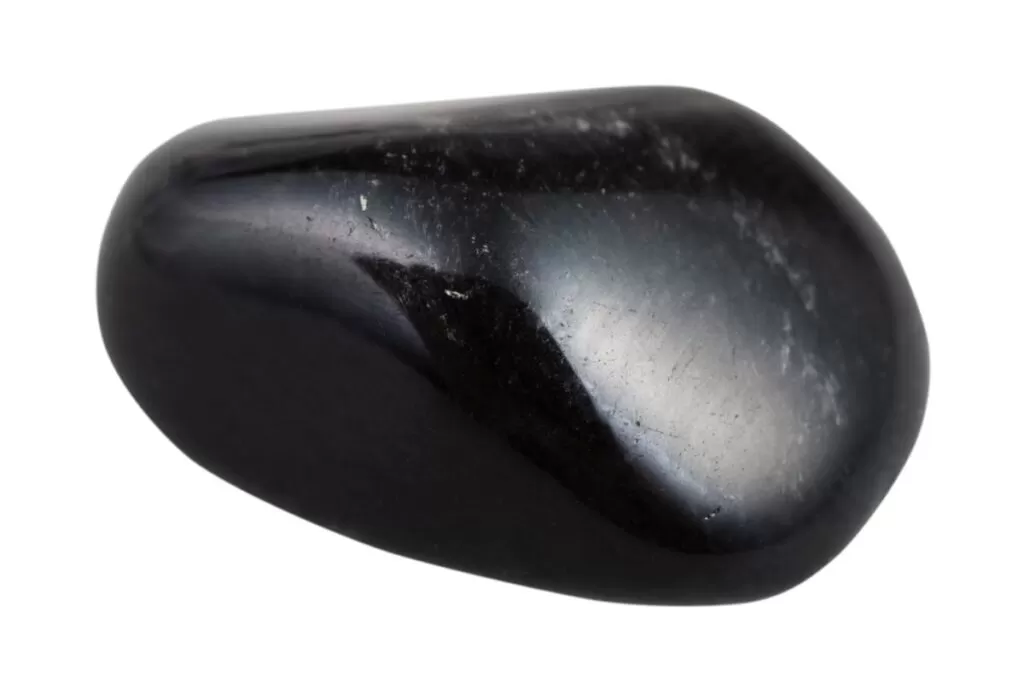
In this guide, we’ll explore the composition of obsidian and find out why it isn’t magnetic, but we will also look at what other crystals might be.
Understanding Obsidian
Obsidian is found in locations across the globe that have experienced volcanic eruptions in the past, such as Yellowstone National Park in the United States and islands in the Mediterranean like Lipari, Santorini, and Hierro.
The cooling process happens so quickly, within just a few weeks at most, that atoms are unable to arrange themselves into an ordered lattice.
This results in obsidian being a smooth, uniform glass with conchoidal fracturing, giving it its signature glossy black color.
Other types of natural glass include Pele’s tears, Navajo tears, and Moldavite formed from meteorite impacts.
Composition Of Obsidian
Obsidian is mainly composed of silica dioxide (SiO2), typically 70% or more.
The remaining major components include aluminum oxide, sodium oxide, iron oxide, magnesium oxide, calcium oxide, potassium oxide, and water.
Traces of other elements like titanium, manganese, copper, and zinc can also be present, resulting in different colored varieties of obsidian, like snowflake obsidian, rainbow obsidian, mahogany obsidian, and fire obsidian.
The lack of crystalline structure means that obsidian does not have definite cleavage planes, instead breaking with a curved conchoidal fracture when struck.
This made it an ideal material for crafting extremely sharp tools, arrowheads, and spear points in ancient civilizations across the Americas, the Mediterranean, and the Middle East.
Obsidian artifacts found at archaeological sites demonstrate the resourcefulness of ancient craftsmen in creating surgical-quality blades from this volcanic glass.
So, Is Obsidian Magnetic?
Obsidian is not magnetic.
For a material to exhibit magnetic properties, it must contain magnetic elements like iron, nickel, or cobalt that generate strong magnetic effects within the mineral’s crystal structure.
Since obsidian lacks crystalline structure and magnetic elements, it does not respond to magnets.
The main components of obsidian – silica, aluminum, sodium, magnesium – are all non-magnetic.
While obsidian can contain around 1-5% iron oxide (Fe2O3) from the parent lava, this form of iron does not produce any noticeable magnetic attraction.
So, you cannot pick up pieces of obsidian with a magnet or sense any significant pull from a lodestone.
Attempting to do so will only result in disappointment.
Obsidian is no more magnetic than window glass, which also contains trace iron but demonstrates no magnetism.
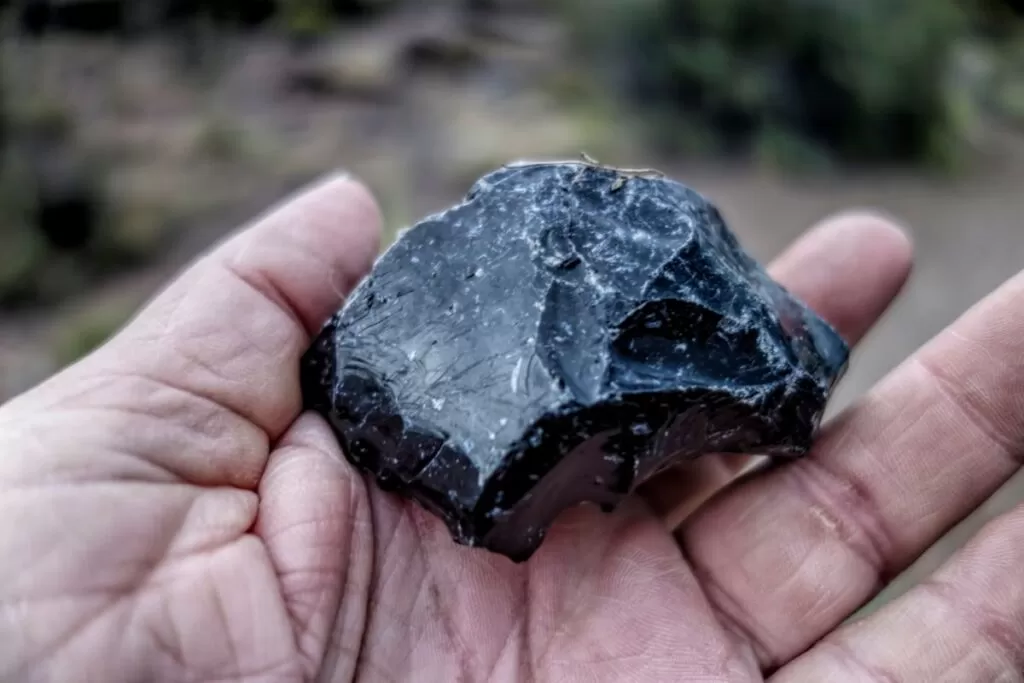
Magnetic Crystals And Gemstones
There are a number of crystalline gemstones and minerals that are attracted to magnets to varying degrees. These include:
- Magnetite: This is an iron oxide mineral that is highly magnetic and known for its strong magnetic properties. It is a common component of igneous and metamorphic rocks. Magnetite demonstrates the strongest magnetism of any natural crystal.
- Hematite: This is an iron oxide mineral that can be weakly to strongly magnetic depending on its crystal structure. Specular hematite, in particular, may produce noticeable magnetic effects and respond weakly to magnets.
- Pyrrhotite: This is an iron sulfide mineral that is weakly to moderately magnetic. It has a bronze color and metallic luster. Its magnetism depends on the particular crystal system.
- Ilmenite: This is an iron-black titanium oxide mineral that is generally weakly magnetic, but some varieties can be moderately magnetic. Mostly displays paramagnetism.
- Chromite: This is an iron chromium oxide mineral that can be weakly to moderately magnetic based on its iron content. It has a black color.
- Goethite: This is an iron hydroxide mineral that is weakly magnetic. It has a brownish-yellow color and an earthy luster when massive.
- Franklinite: This is a zinc, manganese, and iron oxide mineral that is weakly to moderately magnetic. Occurs in ore deposits.
So, while obsidian itself is completely non-magnetic, there are many magnetic minerals and crystals found in nature that are visibly attracted to even weak magnets.
The Benefits Of Magnetic Crystals
Magnetic crystals and gemstones are prized in crystal healing, meditation, and feng shui due to their proposed health and spiritual benefits:
- They are thought to promote blood circulation and relieve pain when worn close to the body. The magnetic field may improve oxygen flow around the crystals. Positive effects likely result from the placebo effect, if any.
- Placing magnetic crystals like hematite or magnetite on certain points on the body may help relieve inflammation, stiffness, and soreness in those areas based on anecdotal reports. This magnetic therapy remains scientifically unproven.
- Some believe magnetic crystals can stabilize erratic energies and bring a sense of calm. The magnetic effects may help balance mood and emotions during meditation. This effect is attributed to the strong focal point they provide.
- Magnetic stones are said to boost energy levels and reduce fatigue when kept close by. The mechanism relates to the human body’s bio-magnetic field. However, quality sleep and nutrition are more likely to improve energy.
- In feng shui, magnetic crystals are thought to nourish the south feng shui bagua area associated with fame and reputation. Placement in the south enhances these energies, according to practitioners.
- Strongly magnetic stones may aid in deeper meditation and chakra healing, helping induce meditative states that bring clarity. The stones focus attention powerfully.
While definitive scientific evidence is still lacking, many meditators and practitioners of crystal healing attest to both the psychological and physiological benefits of magnetic minerals.
In Summary
Obsidian, as a non-crystalline volcanic glass, is completely non-magnetic.
However, many crystalline minerals like hematite and magnetite demonstrate magnetic properties that may offer healing benefits, both medically unproven and potentially placebo-based.
Yet the magnetic focus they provide remains subjectively real during meditation.
Obsidian’s grounding effects have made it a staple stone for ritual work since ancient times.
Ultimately, the effects of any crystal or stone relate to one’s own intentions, beliefs, and inner journey.
While obsidian itself does not respond magnetically, its spiritual resonance endures.
Further reading: Is Obsidian Stronger Than Diamond?
- 15 Crystals That Cannot Be Exposed To The Sun - January 7, 2024
- Malachite Vs Fuchsite – Benefits And Uses - January 7, 2024
- Malachite Vs. Green Jasper: Benefits And Uses - January 7, 2024

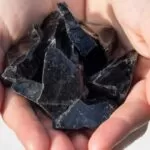
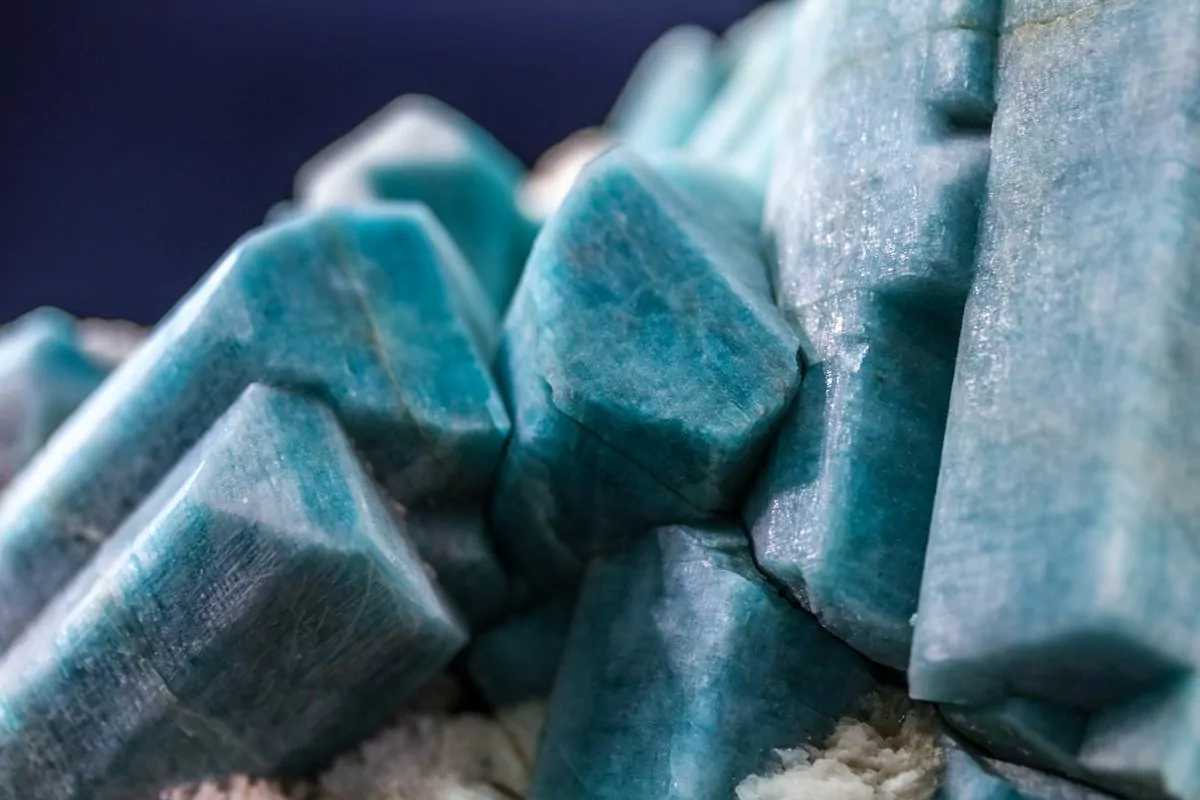

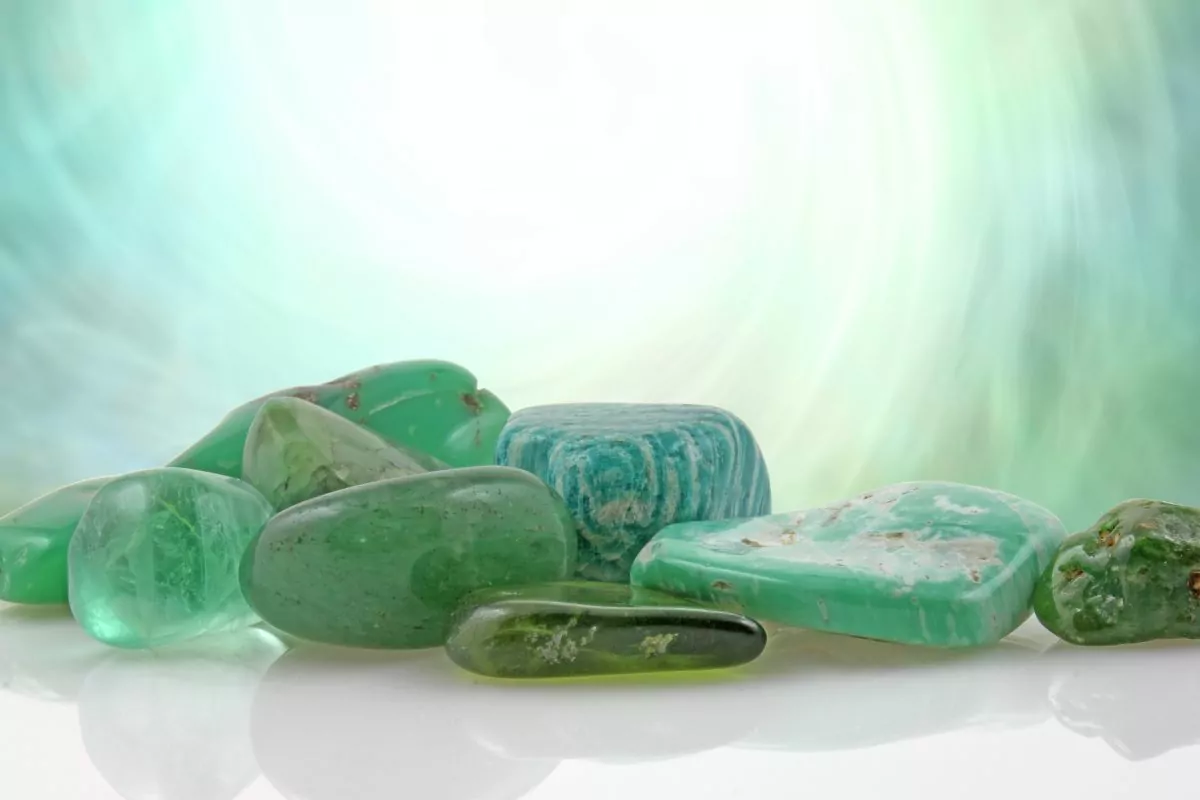
![12 Most Beautiful Crystal Caves In The World [With Pictures] 12 Most Beautiful Crystal Caves In The World [With Pictures]](https://thatcrystalsite.com/wp-content/webp-express/webp-images/uploads/2022/12/12-Most-Beautiful-Crystal-Caves-In-The-World-With-Pictures.jpg.webp)
